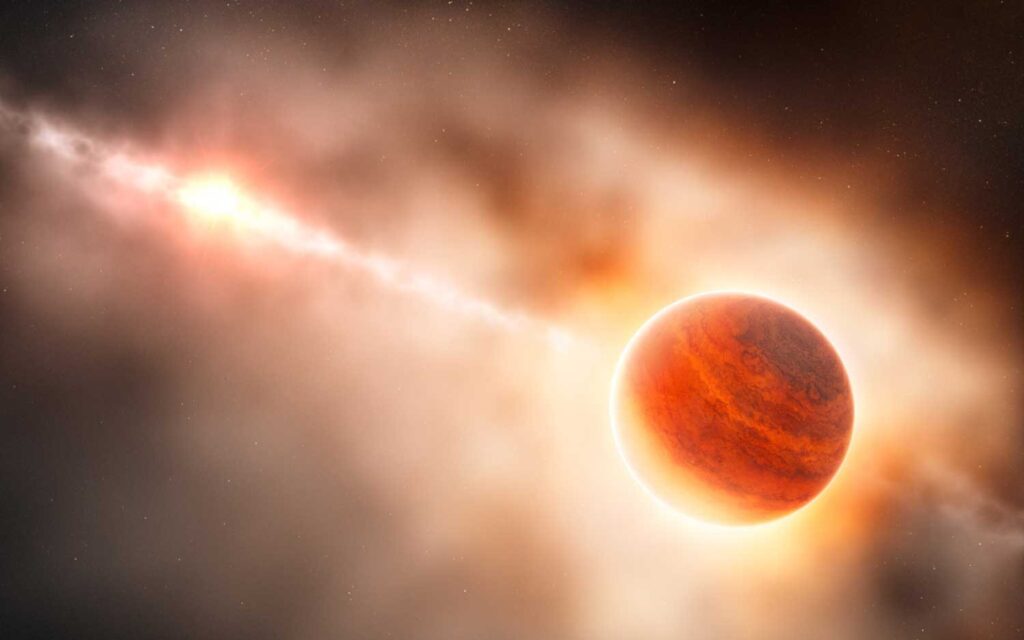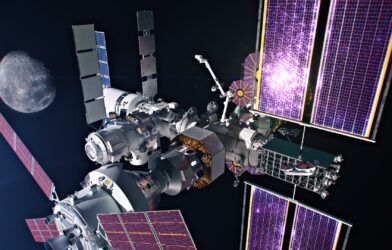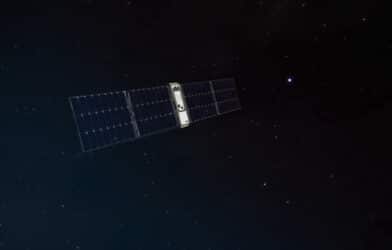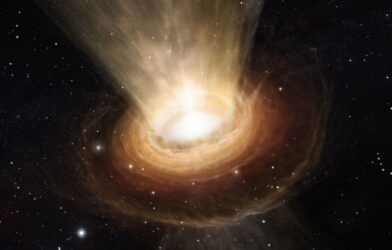In the vast stellar nurseries of our universe, planets are born in swirling disks of dust and gas around young stars. These cosmic cradles, known as protoplanetary disks, hold the secrets to how worlds like our own come to be. Now, astronomers are harnessing the unparalleled power of NASA’s James Webb Space Telescope (JWST) to peer into these planet-forming regions, hoping to catch a glimpse of infant planets in the act of formation.
A trio of new studies published in The Astronomical Journal and led by researchers from the University of Michigan, University of Arizona, and University of Victoria, have combined JWST’s infrared vision with previous observations from the Hubble Space Telescope and the Atacama Large Millimeter Array (ALMA) in Chile. Their goal? To detect the telltale signs of planets forming within three young star systems: HL Tau, SAO 206462, and MWC 758.
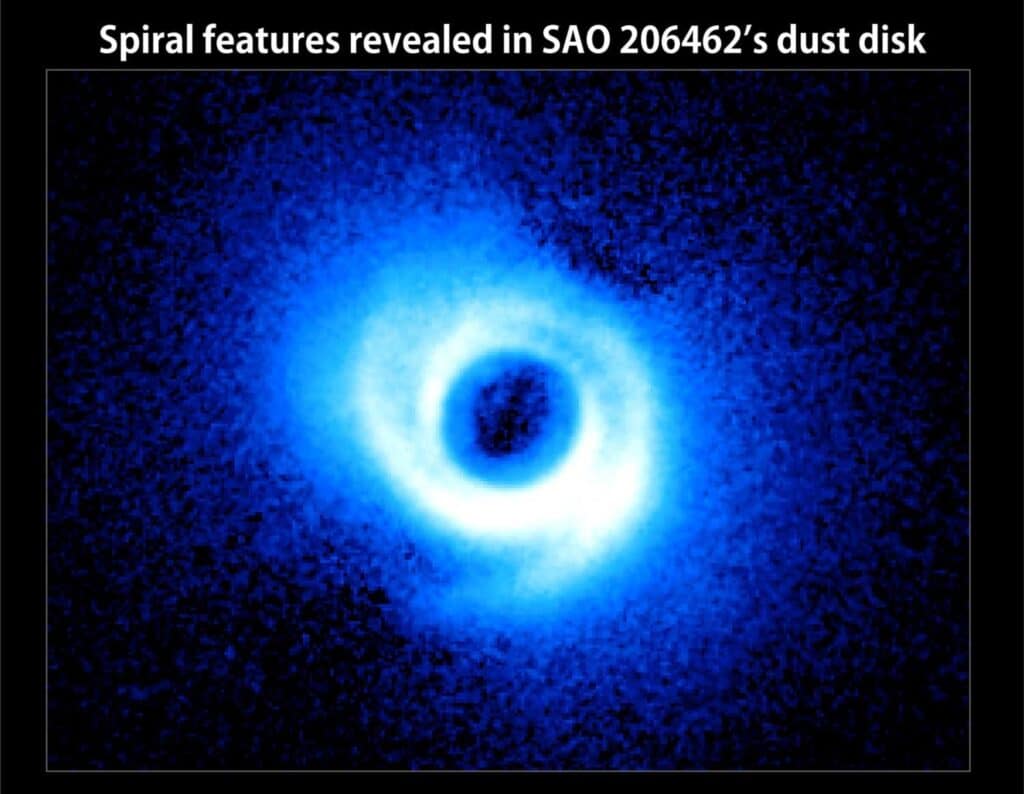
“Only about 15 percent of stars like the sun have planets like Jupiter. It’s really important to understand how they form and evolve, and to refine our theories,” says study co-author Michael Meyer, astronomer at the University of Michigan, in a media release. “Some astronomers think that these gas giant planets regulate the delivery of water to rocky planets forming in the inner parts of the disks.”
The challenge, however, is that these potential planets are incredibly faint compared to their host stars.
“The problem is, whatever we’re trying to detect is hundreds of thousands, if not millions of times fainter than the star,” explains study lead author Gabriele Cugno, astronomer at the University of Michigan. “That’s like trying to detect a little light bulb next to a lighthouse.”
To overcome this obstacle, scientists employed a technique called angular differential imaging with Webb Telescope’s Near-Infrared Camera (NIRCam). This method can detect both the thermal radiation from a planet and specific emission lines associated with material falling onto the planet’s surface at high velocities.
In the disk around SAO 206462, researchers potentially found a planet candidate in the midst of formation — but it wasn’t quite what they expected.
“Several simulations suggest that the planet should be within the disk, massive, large, hot, and bright. But we didn’t find it. This means that either the planet is much colder than we think, or it may be obscured by some material that prevents us from seeing it,” notes Cugno. “What we have found is a different planet candidate, but we cannot tell with 100 percent certainty whether it’s a planet or a faint background star or galaxy contaminating our image. Future observations will help us understand exactly what we are looking at.”
Meanwhile, the University of Victoria team, led by astronomy student Camryn Mullin, focused on the disk surrounding HL Tau, the youngest system in their survey.
“We were amazed by the level of detail with which we could see this surrounding material with JWST, but unfortunately, it obscures any signals from potential planets,” says Mullin.
However, the Webb Telescope did reveal unexpected details about the dense inflow of dust and gas surrounding the young star, known as the proto-stellar envelope. This material falls inward under the influence of gravity, serving as the raw material for planets and their building blocks.
The University of Arizona study, led by NASA Hubble/Sagan Fellow Kevin Wagner, examined the disk around MWC 758. While no new planets were detected, the sensitivity of the observations allowed the team to place the most stringent constraints yet on any suspected planets in the system.
“The lack of planets detected in all three systems tells us that the planets causing the gaps and spiral arms either are too close to their host stars or too faint to be seen with JWST,” says Wagner. “If the latter is true, it tells us that they’re of relatively low mass, low temperature, enshrouded in dust, or some combination of the three — as is likely the case in MWC 758.”
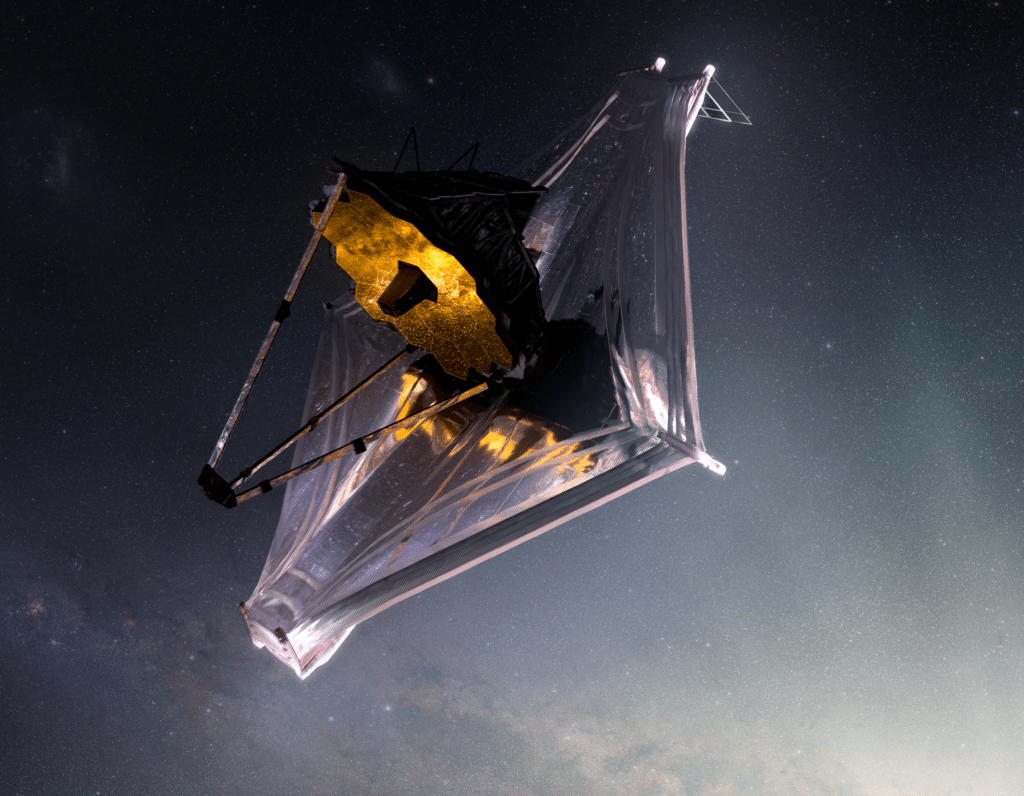
These studies mark just the beginning of the James Webb Space Telescope’s exploration of protoplanetary disks and the early stages of planet formation. By understanding how these disks are shaped by the presence of giant planets, astronomers hope to shed light on the origin and evolution of planetary systems like our own.
“Basically in every disk we have observed with high enough resolution and sensitivity, we have seen large structures like gaps, rings and, in the case of SAO 206462, spirals,” concludes Cugno. “Most if not all of these structures can be explained by forming planets interacting with the disk material, but other explanations that do not involve the presence of giant planets exist.
“If we manage to finally see these planets, we can connect some of the structures with forming companions and relate formation processes to the properties of other systems at much later stages. We can finally connect the dots and understand how planets and planetary systems evolve as a whole.”
